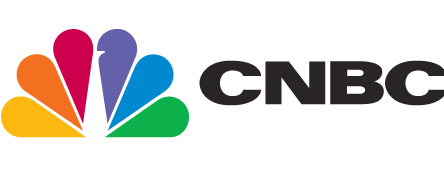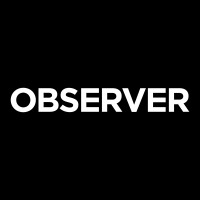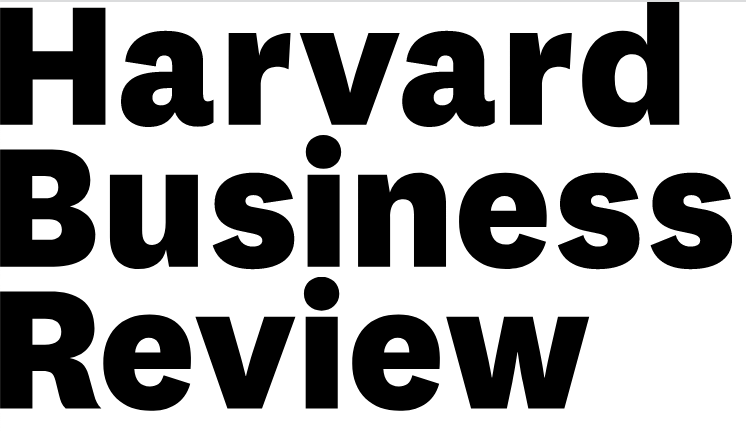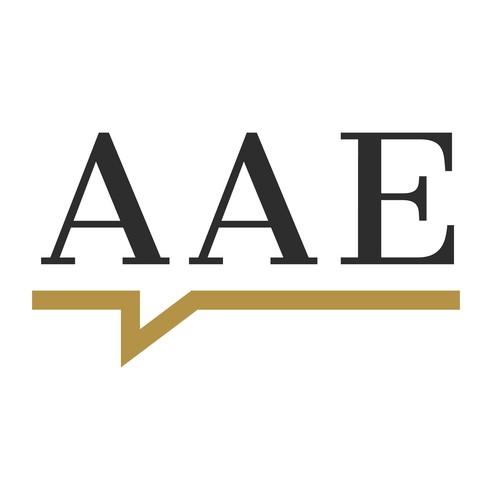Top of mind for me at the moment is leadership. Whether you want to admit it or not, we are enduring times of constant change; not just minor changes but giant inconvenient changes happening all the time. Really change is just business as usual because it’s always inevitable. But how it presents itself, the frequency and duration, and how we handle it in the work environment is different now. And we have no choice but to adapt.
We no longer experience change as a singular, isolated moment where there is a beginning, middle, and end to the change where we sort of “get through it” because we know at some point it’s going to stop. Managing teams is no longer about giving employees a well-crafted set of procedures that are repeated and predictable to which you rate performance in a cut and dry way. Things are often unfamiliar and we experience uncertainty. Even change is changing. Now it looks more like one change starts and we undertake it, another different change surfaces, and we undertake that one too, and before we know it, yet another change pops up, and you guessed it, we tackle that one, too. But, right now we are not set up for success in confronting those overlapping challenges.
HBR simplifies this concept:
“Change readiness is the ability to continuously initiate and respond to change in ways that create advantage, minimize risk, and sustain performance.”









